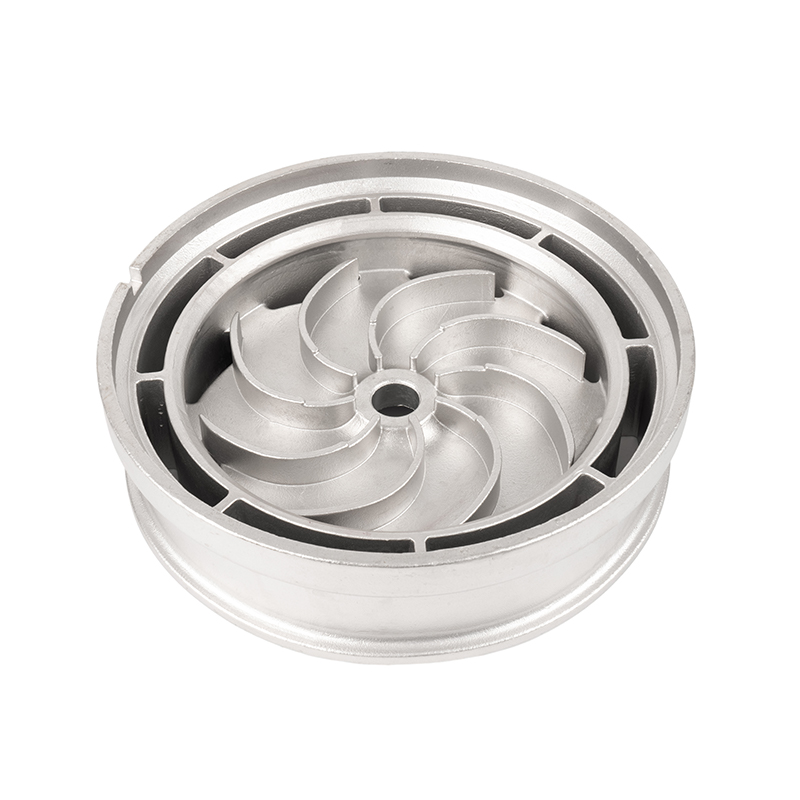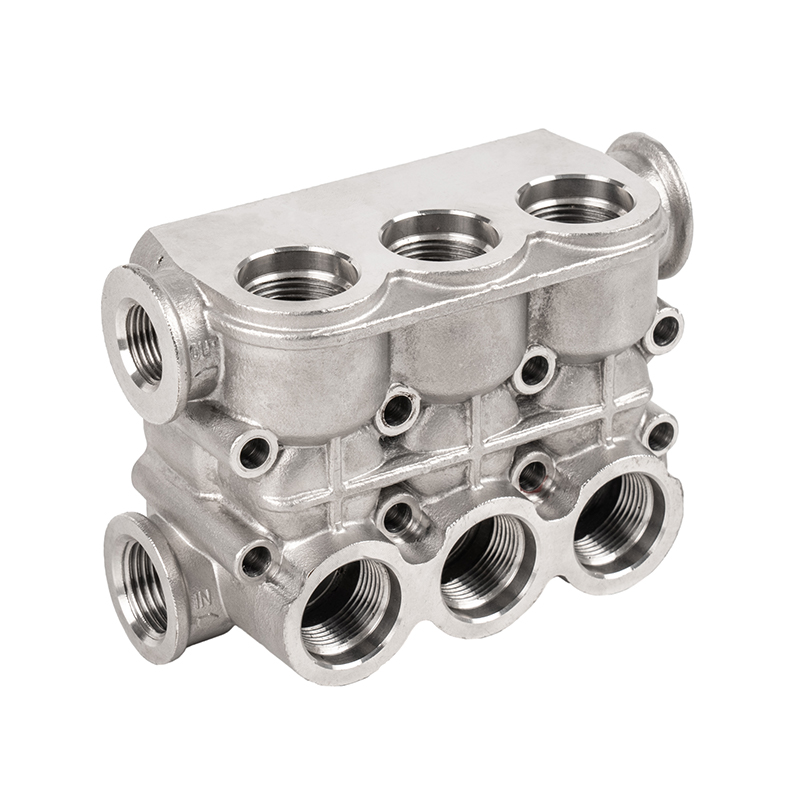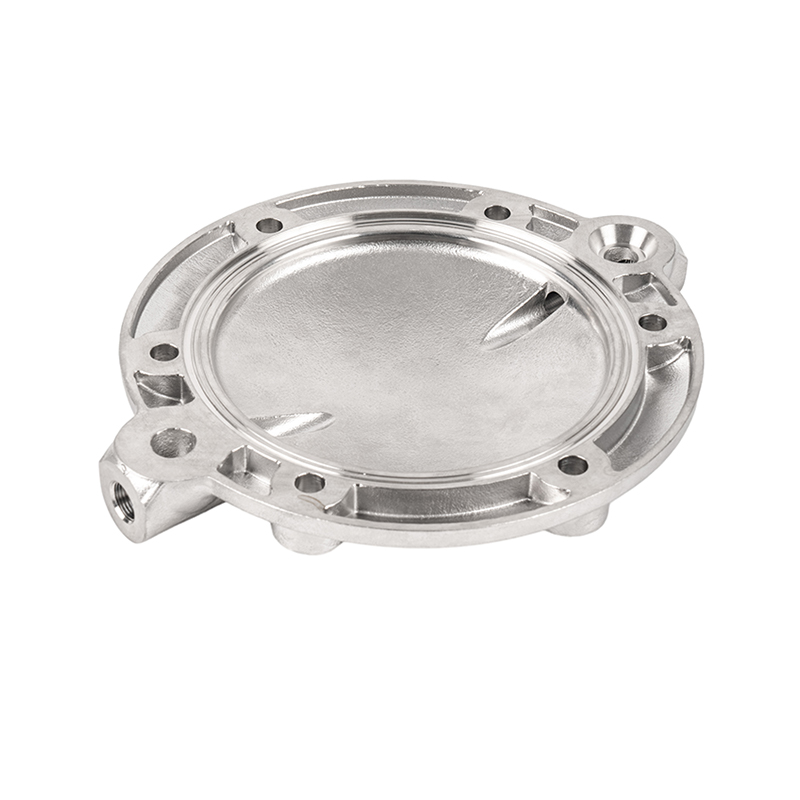The sand casting process of water pump castings
Water pump castings are essential parts in the water pump industry. They are manufactured through sand casting process. Sand casting is a commonly used casting process that uses sand molds to manufacture castings.
Sand casting is a traditional casting process, and its process flow includes mold preparation, sand mold filling, pouring, cooling, demolding and post-processing.
First, according to the shape and size requirements of the water pump casting, a mold is made. The mold is usually made of metal or resin material to ensure its high temperature resistance and wear resistance. The mold can be divided into an upper mold and a lower mold, and a cavity is formed between the upper and lower molds for filling sand.
The sand and binder are mixed evenly and then filled into the mold. During the filling process, attention should be paid to the uniformity and density of the sand mold to ensure the accuracy and sealing of the casting. After filling, the sand mold is compacted using compacting equipment to improve the density of the sand mold.
After the metal material is melted, it is poured into the sand mold. The pouring process needs to control the temperature and fluidity of the casting to avoid pores and defects inside the casting. In order to ensure smooth pouring, gates and risers are usually set on the mold. The gate is used to pour molten metal, and the riser is used to discharge gas and metal slag in the sand mold.
After the metal cools and solidifies, the sand mold is taken out. The cooling time depends on the size and material of the casting, and it usually takes a while to cool completely. During the cooling process, the metal changes from liquid to solid and gradually forms the desired casting shape.
Remove the cooled casting from the sand mold. The demolding process needs to be careful to avoid damage to the casting. Usually, vibration or knocking on the mold can be used to help demolding.
The casting is trimmed, cleaned and surface treated. Trimming includes removing burrs and excess materials on the casting, cleaning includes removing sand mold residues and cleaning the casting surface, and surface treatment includes polishing, painting, etc. The purpose of post-treatment is to make the casting achieve the required dimensional accuracy and surface quality.


 English
English Español
Español русский
русский 中文简体
中文简体

















